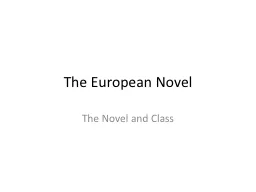PPT-19 th Century Novel:
Author : luanne-stotts | Published Date : 2019-12-01
19 th Century Novel The Strange Case of Dr Jekyll and Mr Hyde GCSE English Literature THE NIGSTER EDUCATION FOR THE NATION tm Unit Assessment Objective Focus AO1
Presentation Embed Code
Download Presentation
Download Presentation The PPT/PDF document "19 th Century Novel:" is the property of its rightful owner. Permission is granted to download and print the materials on this website for personal, non-commercial use only, and to display it on your personal computer provided you do not modify the materials and that you retain all copyright notices contained in the materials. By downloading content from our website, you accept the terms of this agreement.
19 th Century Novel:: Transcript
Download Rules Of Document
"19 th Century Novel:"The content belongs to its owner. You may download and print it for personal use, without modification, and keep all copyright notices. By downloading, you agree to these terms.
Related Documents

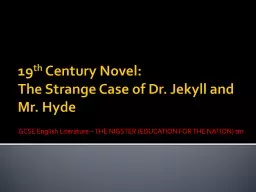
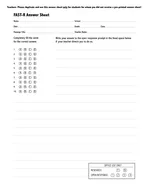
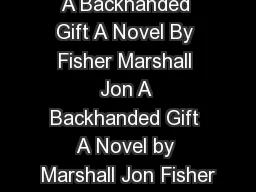
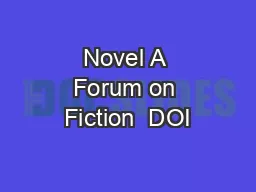
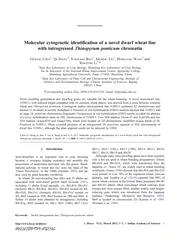
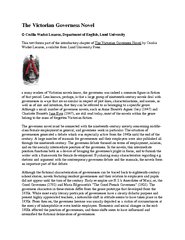
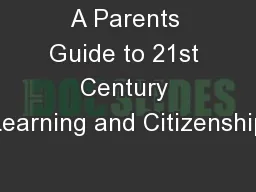

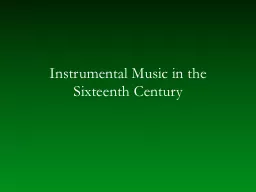
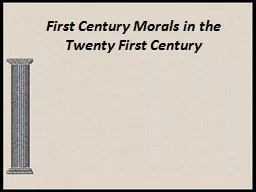
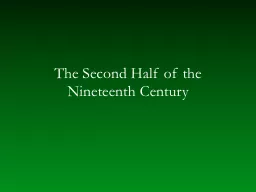
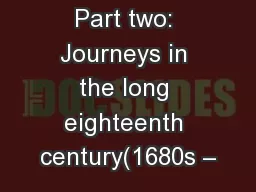
![[DOWNLOAD] - Plotting Your Novel Workbook: A Companion Book to Planning Your Novel: Ideas](https://thumbs.docslides.com/905078/download-plotting-your-novel-workbook-a-companion-book-to-planning-your-novel-ideas-and-structure-foundations-of-fiction.jpg)
